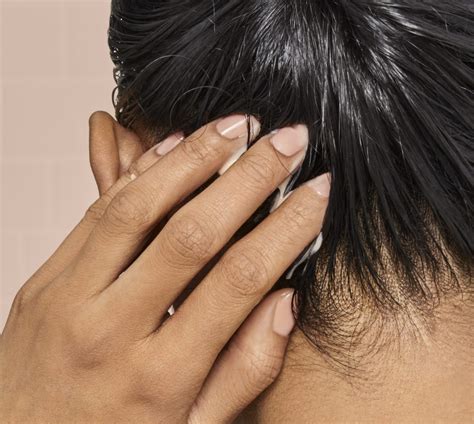Damaged Hair - Causes and Treatments
Damaged Hair FAQ
Can hair damage be caused by a medical condition?
Over styling, exposure to heat, chemical processing, and other habits can strip the hair of its moisture and natural oils, which can result in damaged hair. In some instances, however, hair damage can be due to a medical condition. In this article, we discuss how hair can become damaged, how to treat it, and when to see a doctor.
What are the most common types of hair damage?
From split ends to hair loss, experts weigh in on how to prevent and treat the most common types of damage. Even if you take lots of precautions — like breaks from heat-styling, using hair masks regularly, and extending time between color appointments — at a certain point, your hair may still show signs of damage from daily wear and tear.
What happens if your hair breaks?
When hair breaks, the cuticle lifts up and the cortex is exposed. This leaves the hair vulnerable to further damage and the formation of split ends. Dead ends can be prevented by using a conditioner that coats the hair shaft and by using a hair serum to seal the cuticle. 1 Should you cut off dead ends of hair?
How do you know if your hair is damaged?
If you're wondering if your hair is damaged, there are some signs to look out for. Damaged hair can reveal itself in several ways, including split ends, brittle-like texture, excessive tangling, or even unruly frizz. Whether you color your hair, use hot tools, or tie it up every day, these behaviors take a toll on our strands.
What happens if your hair is damaged?
Damaged hair that’s crying out for some TLC will probably also have some noticeable breakage and shed more strands than usual. Taking a moment to slow down and closely look at your hair is sometimes all it takes to catch onto the fact that your hair is showing some damage.
What happens if your hair splits?
This can include targeted treatments and remedies, depending on the cause of the damage. Hair damage is more than just split ends. Extremely damaged hair develops cracks in the outside layer (cuticle). Once the cuticle lifts (opens), your hair is at risk for further damage and breakage. It may also look dull or frizzy and be difficult to manage.
Damaged Hair References
If you want to know more about Damaged Hair, consider exploring links below:
What Is Damaged Hair
- https://www.wikihow.com/Tell-if-Your-Hair-Is-Damaged
- https://www.healthline.com/health/beauty-skin-care/damaged-hair
- https://www.byrdie.com/how-to-know-if-your-hair-is-damaged-5115460
- https://www.allure.com/story/types-of-hair-damage
- https://www.lorealprofessionnel.co.uk/hair-advice/hair-care-advice/what-is-damaged-hair
- https://www.medicalnewstoday.com/articles/how-to-repair-damaged-hair
- https://www.goodhousekeeping.com/beauty/hair/tips/a15884/fix-damaged-hair/
- https://www.vogue.com/article/damaged-hair
- https://www.ipsy.com/blog/how-to-repair-damaged-hair
Damaged Hair Information
Explore Related Topics
Are nutritional supplements effective in promoting hair regrowth?
Explore the world of nutritional supplements and their potential role in promoting hair regrowth. Share your knowledge about specific supplements and discuss their efficacy with other forum members in this informative and interactive thread.
How does sugar consumption impact hair quality?
Join the conversation to discuss the potential effects of consuming excess sugar on your hair's health and appearance.
Exploring Alternative Ingredients in Topical Hair Loss Treatments
Delve into lesser-known ingredients used in topical treatments for hair loss and their effectiveness compared to traditional options.
